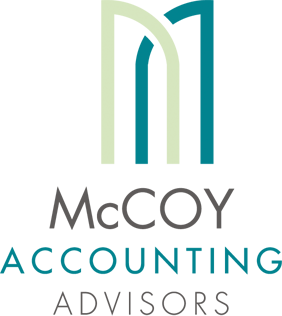For many, creating a Budget is equivalent to “making ends meet” — best done reactively, right? Wrong!
Budgeting reveals uncomfortable challenges that must be addressed. Identifying what is reasonable and “normal” or what is extraordinary and requires “difficult conversations” is exhausting! But, this is about the financial stability of your business. And, the Pandemic is not making it easy!
Step 1: Get a handle on 2021, early!
Yes, the end of 2021 is right around the corner. Looking at the likely outcome of 2021 is necessary for 2022 preparation. If you haven’t kept up your books, now is a great time to get it done. Everyone knows the drill after January 1. If you need help, let’s get to it! Those ready, go to the front of the line in Tax Preparation. Those not, end up at the end of the line and frustrated.
I often hear, “Well, I really don’t know yet how the end of the year is going to look…” To some degree, you are right! All businesses hope for the “bluebird deals” to jazz up the sales (cash) in the last quarter. Pleasant surprises can always be managed. But, how has the business done in the past Q4s? Let’s start planning and be prepared for Taxes and Banking conversations.
Step 2: Create Revenue Forecasts
From anyone watching the news, 2022 could end up being a real roller coaster. Unless you are well funded for losses (and most are not), it is critical to develop your goals for sales and manage closely. If you have a Sales Team, what do you believe the environment is offering for
opportunity, AND what are your specific incentives for sales performance? Do you need hunters or farmers, and what does each cost? In either situation, has 2021 lifted or dampened your performance, and how will that improve or degrade in 2022?
You see, just talking about it is a downer. Proper Budgeting is an effort of Growth Projections and Back Testing. In Growth Projections, define the ability to grow and the capacity to grow. For some, this is where the real gloom and doom. Entrepreneurship requires optimism, but hyper-inflating expectations are not helpful — neither is the ‘sky is falling’ attitude. The trick is to “shoot for the stars”, but plan for “flying around in space” for a while. Either way, you are awesome and defying gravity.
Step 3. Understand the Cyclical Nature of your Business
For many, there is a definite cyclical nature of the business which must be factored into the budget. CFO’s know that very few businesses go through the year with steady, consistent, Monthly Net Profits. The natural ebbs and flows of the cash requires careful study in order to anticipate timing of cash needs. This gets more difficult with wild economic swings, for which 2019-2021 have offered for nearly everyone.
Step 4. Create realistic Costs to deliver the business.
There are many concerning signals finding the way through the economy. According to the Federal Reserve and normalized across all industries, the actual Inflation Rate is 5.7%. This is a dramatic shift over what was projected, even in January 2021. There are two major concerns
associated with this news:
1. What is the actual inflation rate in your specific sector?
2. Is the economy still heating up? Or, are there signs of tapering/cooling?
This is where help and a great spreadsheet design really comes in handy! Scenario testing allows you to understand the degree of impact for any number of situations.
Step 5. Prepare a Capital Plan
As you reach Step 5, answers become more clear. Modest moves…aggressive moves? Budgeting allows you to set a baseline, and enter the year ready to pivot. Both of which require that you fully understand those items to watch for, prepare to manage and grasp opportunities with confidence!
Let McCoy be your outsourced, Fractional CFO Service. You will be glad you did!

